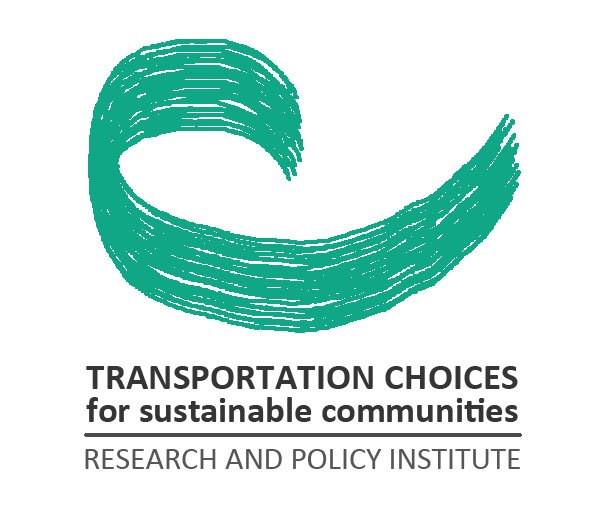Transportation + Complete Streets
Photograph by Pavel Danilyuk
Resources
Quotes about Sustainable Streets:
“If we can develop and design streets so that they are wonderful, fulfilling places to be, community-building places, attractive public places for all people of cities and neighborhoods, then we will have successfully designed about one-third of the city directly and will have had an immense impact on the rest (Allan Jacobs, 1994). “
“Active, sustainable streets… are essential for creating cities and regions that will stand the test of time. In doing so, these streets meet an intergenerational responsibility to fulfill environmental, economic and socio-cultural needs of the present and for future generations.” (Schiller, Bruun, Kenworthy, 2010)
Jane Jacobs (1961), in her influential critique of modernist American city planning, described streets and their sidewalks as “the main public places of a city … its most vital organs”
For Marshall (2003), the street is “an important integrating component … not only as a physical movement channel and built form but also as a public space, a place of cultural identity, setting for social and economic activity, and indeed contributor to urban equity and sustainability” (p. 771).
The study of streets is (therefore) necessarily also an inquiry into the evolution of cities and their inhabitants, technology, commerce, leisure, and culture. (Joe Kott, Streets of Yesterday, today and tomorrow, 2016)
A compilation of papers by and about Dr. Joe Kott and a review of his work:
World Transport Policy and Practice: A Special Issue Click Here
Streets of Yesterday, Today and Tomorrow, by Dr. Joe Kott:
“The street connects us to the wider world and is a venue for many of life’s activities. This combination of linkage and destination makes the study of streets compelling and important.” A wonderful succinct paper on the literature on streets of yesterday, today and tomorrow.
Click Here
Green Corridor Guidelines, Sierra Club Loma Prieta
Click Here
Slide deck from the Loma Prieta Chapter of the Sierra Club, showcasing a resilience network example for improved walking and biking in San Mateo, linked with parks and green stormwater infrastructure facilities.
LA County Model Design Manual for Living Streets
Model street design manual, focused on achieving balance and comfort for all street users, and including elements to enhance aesthetic and economic vibrancy.
NACTO (National Association of City Transportation Officials – Design Guides and Design Guidance
Technical design and policy resources for practitioners, policy-makers, academics and advocates for a variety of urban settings (note – NACTO publications must be purchased to view full content):
Urban Street Design Guide
Urban Bikeway Design Guide
Transit Street Design
Urban Street Stormwater Guide
Sustainable Cities Initiative, University of Oregon
The Sustainable Cities Initiative (SCI) is an applied research and teaching initiative at the University of Oregon with a focus on sustainability-based research. The SCI published two books (downloadable in pdf format) that showcase real sustainable street projects from around the U.S.
Comprehensive sustainable infrastructure design guide and policy manual with integrated performance metrics for all areas of public infrastructure.
Green Streets + Green Infrastructure
Cities Alive: Rethinking Green Infrastructure
ARUP’s Cities Alive: Rethinking Green Infrastructure booklet takes a ‘city ecosystem’ look at design in new and redevelopment to build healthier, safer and more prosperous cities.
Green Infrastructure Design Guide, San Mateo Countywide Water Pollution Prevention Program
The Green Infrastructure Design Guide provides comprehensive technical guidance and design inspiration for incorporating green infrastructure into buildings, lots and streets.
Sustainable Streets Plan, City of San Mateo
This plan deliberately integrates Complete Streets concepts with Green Streets components to plan and deliver “Sustainable Streets in the City of San Mateo.
Planning for Urban Trees, California ReLeaf
A California planning resource guide designed to help urban tree planning initiatives partner with local agencies to better incorporate trees into local planning efforts.
Planning for Urban Trees Resources, California ReLeaf
Additional web-based resources from California ReLeaf on urban forestry, urban heat island, complete streets, green stormwater infrastructure and more.
Urban Forests & Urban Greening, (AFHSC) Affordable Housing and Sustainable Communities Program
AFHSC program funding guidance for urban greening projects that feature green infrastructure elements and provide multiple benefits across a variety of policy objectives related to driving less and ensuring housing, jobs and other activities are accessible by walking, biking and transit.
Ecology + Eco-Corridors
Challenges and Lessons Learned from Integrated Landscape Management Projects, IISD (International Institute for Sustainable Development
This report lays out the framework for Integrated Landscape Management to effectively evaluate social, economic and environmental considerations of development projects, and discusses lessons learned from ten implemented projects.
Re-Oaking Silicon Valley, SFEI (San Francisco Estuary Institute)
Silicon Valley-focused report exploring the urban ecology and natural history of oak woodlands, and the importance of considering re-oaking the valley for future resilience in the urban landscape.
Urban Ecological Planning Guide for Santa Clara Valley, SFEI (San Francisco Estuary Institute)
Ecological planning support guidance with a focus on the eco-corridor and other ecological benefits of landscape-scale urban greening in Santa Clara Valley.
Urban Habitat Design Guidelines Checklist, Sierra Club Loma Prieta
Wildlife and ecosystem connections checklist for urban greening projects.
Streets for Human Habitat
Cascading Benefits Report, The Nature Conservancy
A research-focused report that addresses the opportunities to co-design green infrastructure for water management and human health benefits.
Natural Capital Project, Stanford University
The Stanford Natural Capital Project helps city planners quantitatively account for the mental health benefits of many services, including water purification, flood risk mitigation, and recreation.
SF Better Streets, San Francisco
Online policy and design guidance for integrating Complete Streets, green stormwater infrastructure and human-centered design elements to maximize the overall capacity and value of street environments.
Stanford University Resources on Sustainability and Sustainable Streets
https://sustainable.stanford.edu/
https://sustainable.stanford.edu/landscape-grounds
https://sustainable.stanford.edu/transportation


